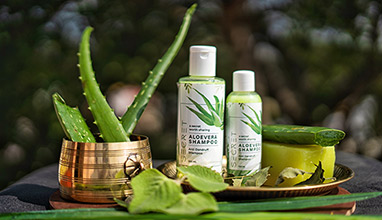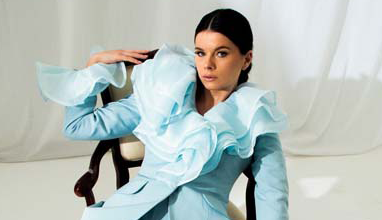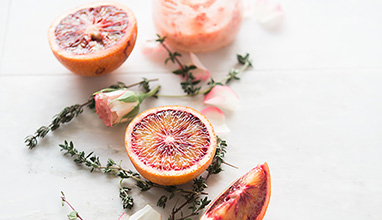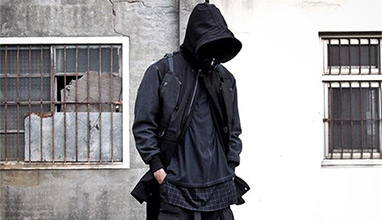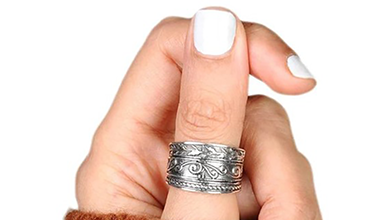How to tame frizz and flyaways: unlocking the secrets to beautiful hair
Frizzy hair and flyaways can turn a good hair day into a frizzy nightmare. Whether it's due to humidity, lack of moisture, or damaged hair cuticles, managing frizzy hair and flyaways is crucial for achieving a polished and put-together look. In this comprehensive guide, we'll explore effective techniques and products to help you conquer frizz and flyaways and restore your hair's natural beauty.

What Causes Frizz and Flyaways
Before delving into the solutions, it's important to understand the culprits behind hair frizz and flyaways. They can be attributed to various factors, including:
Humidity
High levels of humidity can wreak havoc on your hair by causing the cuticles to swell and absorb moisture from the air. This results in unruly and frizzy hair.
Lack of moisture and hydration
When your hair is deprived of moisture, it becomes more susceptible to frizz. Dry and dehydrated hair tends to have raised cuticles that create a rough and frizzy hair texture.
Damaged hair cuticles
The protective outer layer of your hair, known as the cuticle, can become damaged due to excessive heat styling and chemical treatments. When the hair cuticles are compromised, they fail to lay flat, leading to frizz and flyaways.
Improper hair care routine
Inadequate hair care practices, such as using harsh shampoos, overwashing, or skipping conditioning, can make your hair dry, contributing to frizz and flyaways. It's essential to follow a gentle hair care routine that nourishes and moisturizes your hair effectively.
Styling tools and techniques
Certain styling tools, like hot irons or curlers, when used excessively or at high temperatures, can strip your hair's natural moisture and cause damage, resulting in frizz and flyaways. Additionally, rough handling, such as vigorous brushing or pulling, can also contribute to frizzy hair. If you want healthy hair and use these tools and techniques without much damage to your hair, remember to use high quality heat protective serum, the right tools, and quality real clip in hair extensions.
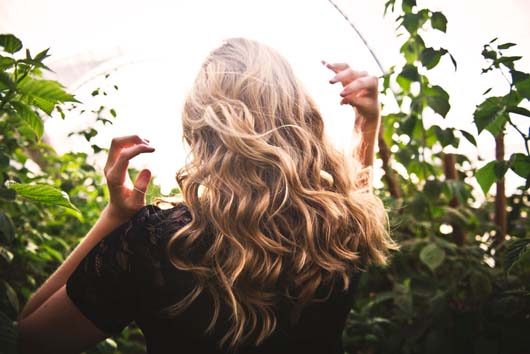
Effective Ways to Tame Frizzy Hair:
Choosing the Right Shampoo and Conditioner
To avoid frizzy hair, opt for moisturizing shampoos and conditioners that contain frizz-controlling ingredients. Consider your hair type and specific needs when selecting products, and look for those that have beneficial ingredients like shea butter, glycerin, or argan oil, which help to hydrate and smooth the hair. Avoid products with damaging chemicals such as parabens and sulfates, as they can strip your hair's natural oils, exacerbating frizz.
Incorporating a Weekly Deep Conditioning Treatment
Deep conditioning treatment is a game-changer for frizz-prone hair. It restores moisture, repairs damage, and leaves your hair smoother and more manageable. Apply the treatment generously, focusing on the mid-lengths and ends, and leave it on for the recommended duration to maximize its effects. The Hair Mayraki Moisturizing and Protein Reconstructive Treatment works wonders as a deep conditioning treatment that offers a perfect blend of moisturizing and repairing ingredients, infusing your hair with moisture and strengthening it from the inside out.
Regular Moisturizing and Sealing Techniques
After washing your hair, apply leave-in conditioners and serums to provide extra moisture and protection. These products coat your strands, sealing in moisture and reducing frizz. Look for leave-in conditioners that contain ingredients like silk proteins or keratin, which help to smooth the hair and minimize frizz. Additionally, using natural oils like argan oil or coconut oil can further nourish your hair and help control frizz. Apply a few drops to the tips of your hair to lock in moisture and enhance shine.
Avoiding Excessive Heat Styling
Using heat styling tools can cause your hair to lose moisture, leading to frizz. Whenever possible, opt for air drying or low-heat alternatives to reduce damage. If you want to go with heat styling, apply a heat protectant product beforehand to minimize the impact on your hair. Look for heat protectants that contain ingredients like panthenol or silicone, which create a barrier between your hair and the heat source.
Minimizing Friction and Damage
Towels and brushes can cause friction, leading to frizzy hair and breakage. Instead of rubbing your hair vigorously with a regular towel, use a microfiber towel or a soft cotton T-shirt to gently blot excess moisture. Detangle hair using a wide-toothed comb or a detangling brush to avoid tugging on your hair and causing further damage. Start from the ends and work your way up, being gentle and patient with any knots or tangles.
Embracing Protective Hairstyles
Protective hairstyles like braids, buns, and updos shield your hair from external factors and help minimize frizz and flyaways. These styles keep your hair secure and prevent it from rubbing against clothing or getting tangled in the wind. Experiment with different protective styles to find what works best for your hair type and personal style.
Environmental Protection
It is important to take preventive measures to keep your hair safe from the harmful effects of the sun, wind, and pollution. Wearing a hat or using protective hair products can help prevent frizzy hair and damage caused by these environmental stressors.
Regular Trims
Schedule regular trims with your hairstylist to remove split ends and prevent them from traveling up the hair shaft. Trimming regularly promotes healthier-looking hair and minimizes the risk of frizz and further damage.
Healthy Habits for Frizz-Free Hair
In addition to external remedies, cultivating healthy habits is vital for achieving frizz-free and damage-resistant hair. Proper hydration plays a key role in maintaining optimal moisture levels in your hair, so make sure to drink enough water. Additionally, a well-balanced diet, rich in omega-3 fatty acids found in fish, seeds, and nuts, as well as essential vitamins like Biotin (abundant in eggs and leafy greens) and Vitamin E (found in avocados and almonds), nourishes your hair from within.
By integrating these healthy habits into your daily routine, you proactively support your hair's overall well-being, enhance its resilience against frizz, and enjoy a smoother, more manageable appearance.
Conclusion
Taming and getting rid of frizzy hair and flyaways is a journey that requires patience, experimentation, and the right tools. By incorporating the techniques mentioned above and embracing your hair's natural texture, you can regain control over frizz and achieve the smooth, beautiful hair you desire. Remember, loving and caring for your hair is key to maintaining its health and vitality. Embrace the power of proper hair care, and say goodbye to frizz and flyaways for good.
Hits: 4299 | Leave a comment


